The Spartathlon in Greece is one of the most difficult and challenging ultra races in the world. That’s because runners are required to complete 245km within a very tight 36-hour time limit – with strict cut offs imposed for all of its 75 checkpoints. For example, runners must reach the 81km checkpoint at the nine hour 30 minute mark and the 123.4km checkpoint in not more than 16 hours.
However at the same time though, this meaningful race is steeped in history – because runners who take part, are literally tracing the footsteps of Pheidippides (an ancient Greek messenger who ran the 245km from Athens to Sparta within 36 hours, in 490BC, to seek help during the war between Greece and Persia). At the end point, just like the Greek messenger, runners must kiss the statue of King Leonidas to be declared a finisher.
First Singaporean to complete this gruelling ultra
Research engineer Ong Kai Wei, 39, recently became the first Singaporean, and also possibly the first person in South East Asia, to successfully complete the Spartathlon, earlier this month.
The very moment he had crossed the finishing line and realised his dream, Ong admitted that it had been a rather surreal feeling for him. He added, “I told myself, ‘I did it’ as I kissed the foot of King Leonidas’ statue to mark the completion of my Spartathlon journey after a gruelling 32 hours and 55 minutes of running. It was definitely worth every effort made, for my dream to come true.”
Added Ong, “I am glad to have left a Singaporean mark on the list of finishers. Most importantly, for myself, I didn’t let myself down. I made my Spartathlon dream turn into a reality!”
Achieving his dream wasn’t without challenges and setbacks
However, achieving his dream wasn’t without its many challenges and setbacks along the way, though.
Said Ong, “I got a slight sprain on my right ankle after 42km. I had to change my running gait to reduce the pain, which caused my left ankle to be strained during the later part of the run.” But during the last 19km of his journey, his right leg had started to hurt again – and the only way to ease the pain, had been to walk.
“But through all the pain, I kept reminding myself that I should feel good and stay positive at all times, and by all means, should not reach the stage that my brain will shut down,” he said.
“After all, running an ultra is a very long process. There is bound to be flashes of doubt, especially when pain starts to kick in or the weather conditions aren’t so favourable. But when this happens, I try to make myself aware so that it will not lead to a downward spiral and divert my attention to the present and focus my thoughts on my goal,” Ong added.
A novel way of dealing with his ankle pain
After walking with a painful right leg and a strained left ankle for 20 minutes though, Ong quickly realised that he would not be able to complete the race by walking. So he then forced himself to think of a way to relieve the pain. Looking around, he found a tree branch and without thinking, put it into the side of his shoe – in the desperate hope that it would help him manage his pain.
Said Ong, “I was surprised that this impromptu solution helped me tremendously. I managed to trick my brain to overcome the pain and I found myself running again. I stopped occasionally to put back the tree branch when it came out. Thinking back, it sounded crazy, but it worked well for me at that moment.”
Pleasant memories of his Spartathlon journey
Besides the pain though, Ong also has some very pleasant memories from his entire Spartathlon journey. In fact, the most memorable part of this whole Greek adventure for him was the cheering from the local students and how they had treated him like a celebrity.
In fact, some school kids from the Greek towns along the route had even lined up to high-five Ong and asked for his autograph. Ong said, “This is the first time I have signed an autograph – and I could not remember how many times I stopped to sign autographs for them!”
Atmosphere and hospitality at the finishing line was awesome
Ong added that the atmosphere and hospitality at the finish was simply awesome too – and definitely another cherished Spartathlon memory for him. He said, “The local children were rushing to run alongside me to the finish. The organisers also made it a point to acknowledge finishers by announcing each and every athlete’s name and country.”
Then subsequently, upon finishing the race, Ong was ushered into the recovery area, where medical personnel checked on his health and the volunteers removed his shoes, socks and compression and then soaked his feet in warm water. This was a gesture that he had greatly appreciated at the time.
Has been one of the races on his bucket list
What had made Ong take part in the gruelling Spartathlon? Said Ong, “Spartathlon is one of the races in my bucket list since I started running five years ago. I came to know about this race after I read about the history of the marathon.”
Started running to get fit and pass his 2.4km run
Ironically, Ong had initially started running to get fit – and could not even pass his 2.4km run when he was new to the sport. So he has definitely come a very long way since then.
In fact, besides Spartathlon, Ong has also completed many other gruelling trail ultras, including The North Face 100km solo in 2011, the Ultra Mount Rinjani (52km) and the Ultra Trail Mount Fuji (169km).
However compared to those other races, Ong feels that Spartathlon is much more difficult. He said, “To complete the Spartathlon, every detail from training to nutrition and diet as well as race day strategy will have to be as precise as possible. There is very little room for error, compared to many other ultra events.”
A five-month training programme
In order to prepare for this gruelling event, Ong had devised a five-month training programme. “Training for such ultra-long distance races is tough, stressful to the body and requires one to train consistently. I don’t believe in quick fixes, such as ‘do more and do fast’, which may cause injuries,” he said.
“The majority of my trainings were on road as more than 90% of the Spartathlon routes are on tarmac, with a few rough dirt tracks and mountain passes,” Ong explained.
Physical training alone is not enough to complete an ultra
However he added that in order to train for and run an ultra, doing physical training alone isn’t enough and that it is equally important to coax the brain mentally and prepare the mind for the gruelling challenge ahead.
“After all, there are no shortcuts in doing ultras. Always be intentional in training yourself physically and mentally. Besides training physically to build up your physical endurance, you also need to cultivate a strong running mind and the will to persevere to overcome yourself and the hurdles along the way. Only then, will you find your own Ultra!” Ong added.
other Blog Posts
Mohan Marathon: He’s Run Over 200 Marathons
Taking on 103km and 8,000m elevation @ Gunung 5 Nuang, Malaysia
Marathon Man runs 160 Marathons across 7 Continents in 365 Days
Run For Cover: A 24 Hour Treadmill Endurance Challenge for Charity

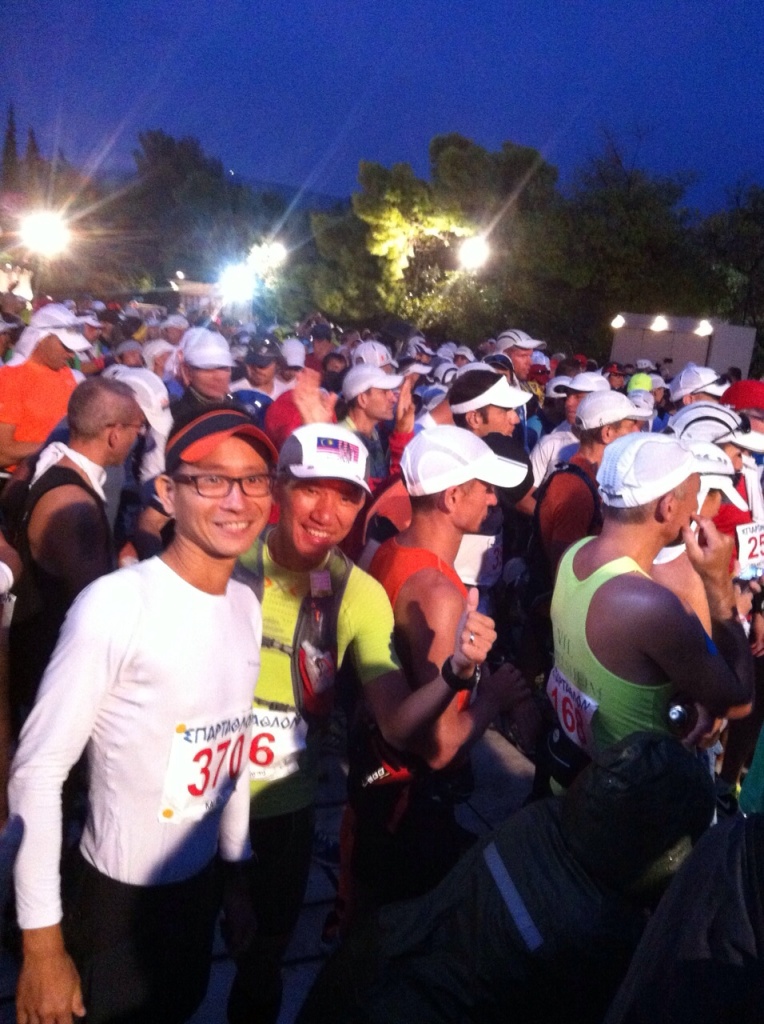
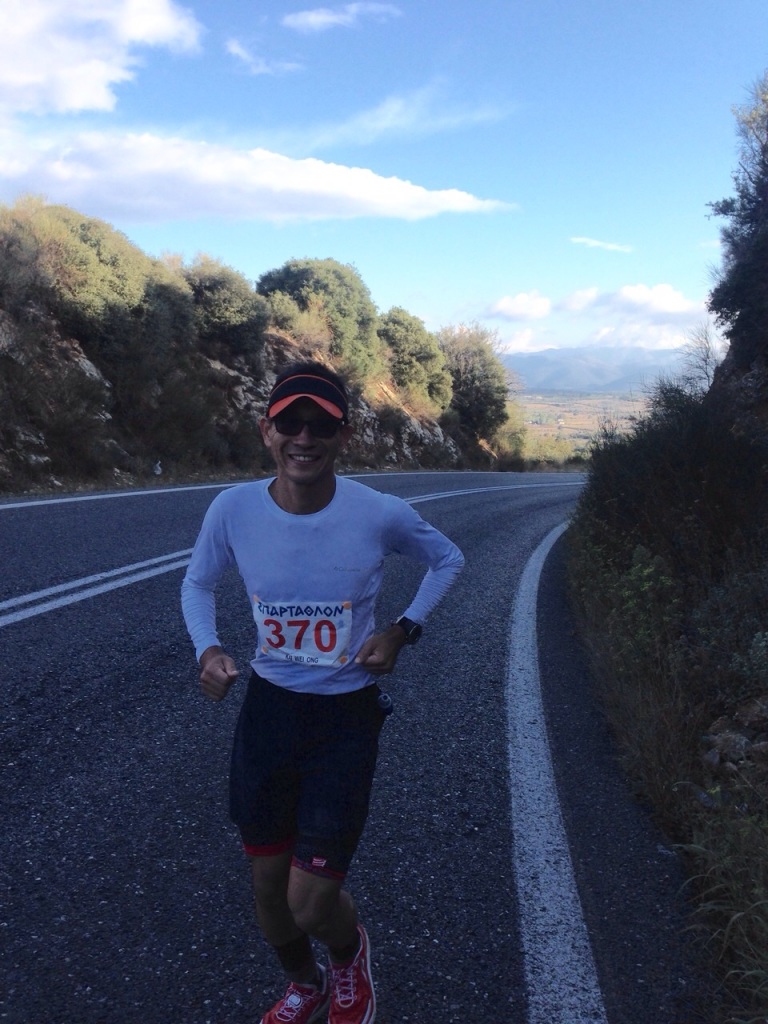
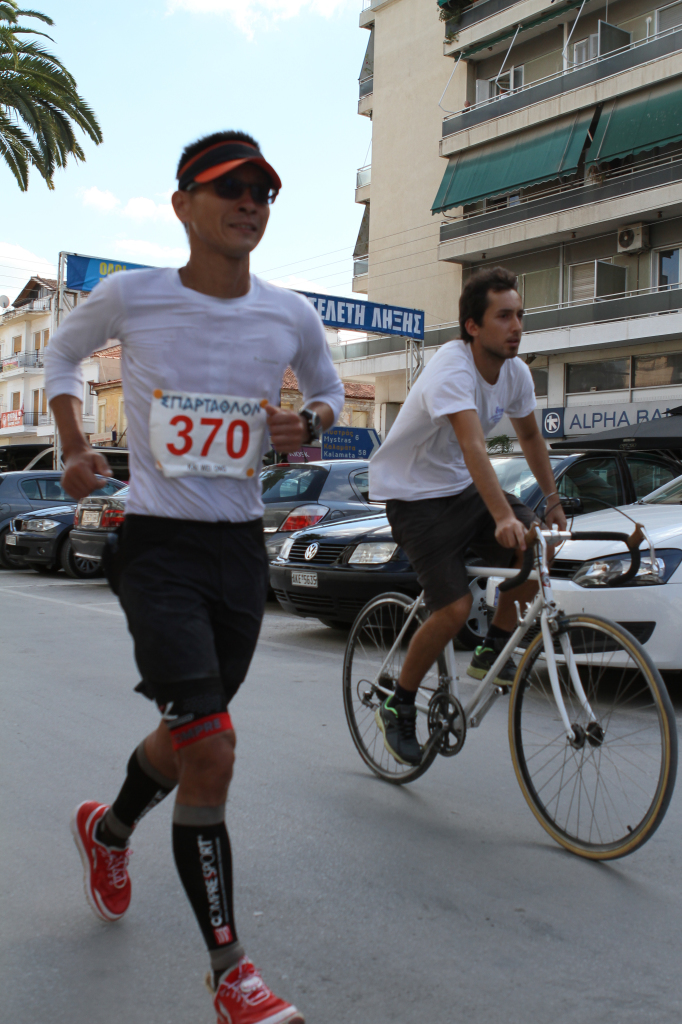
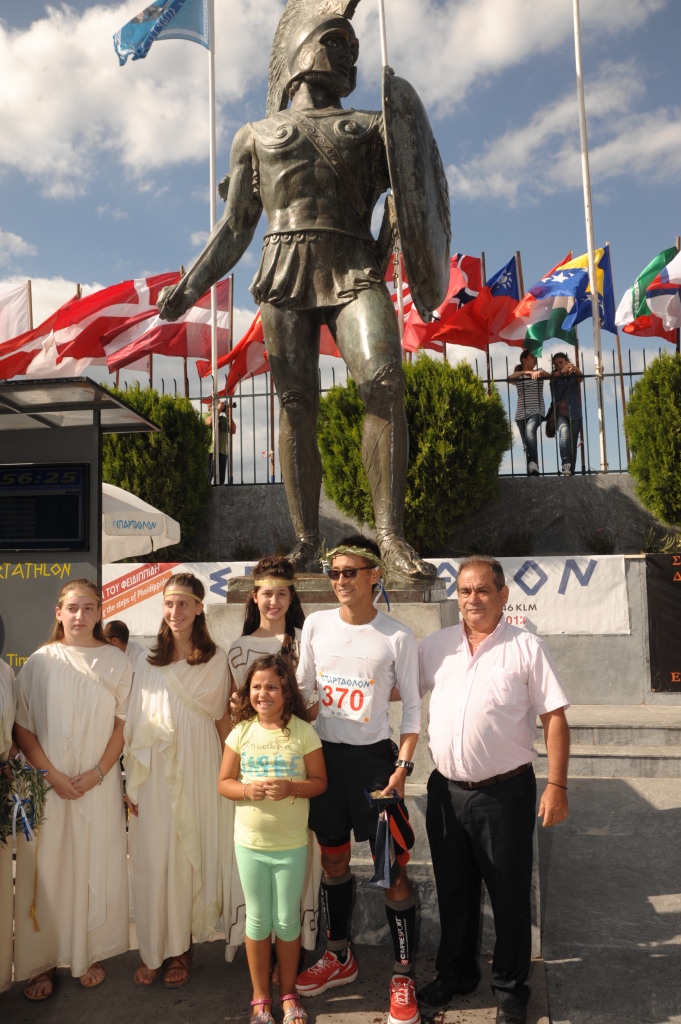
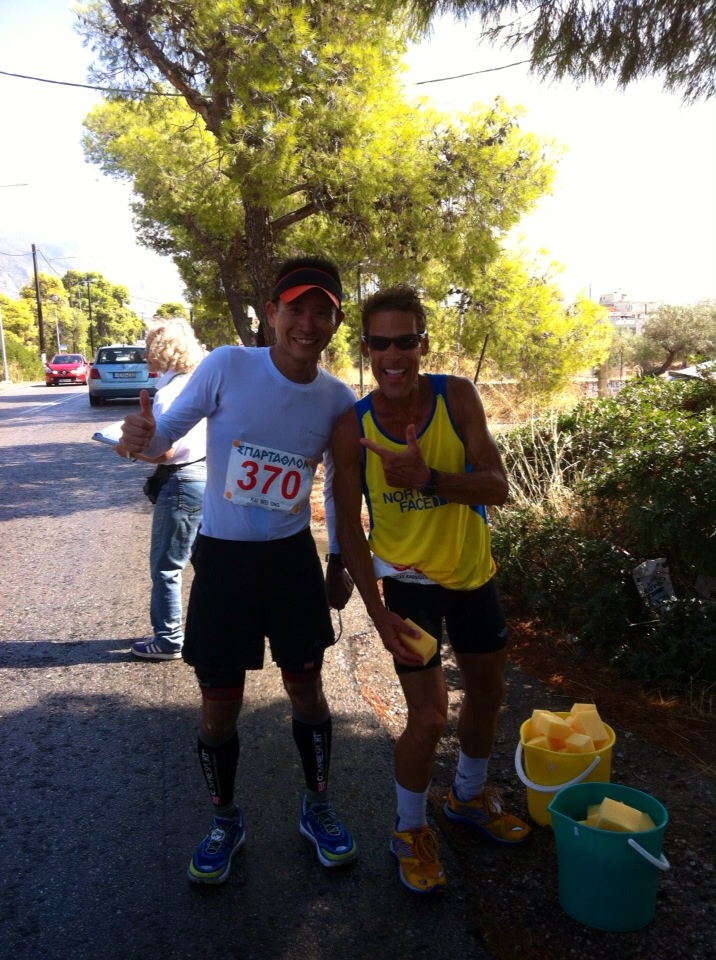
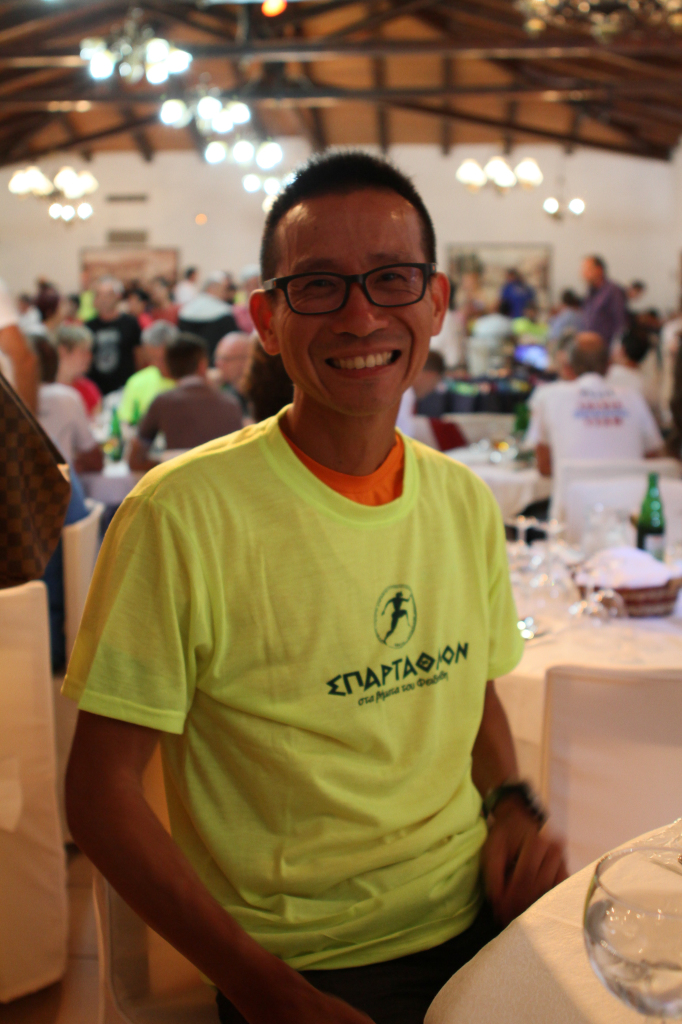
Leave a Comment